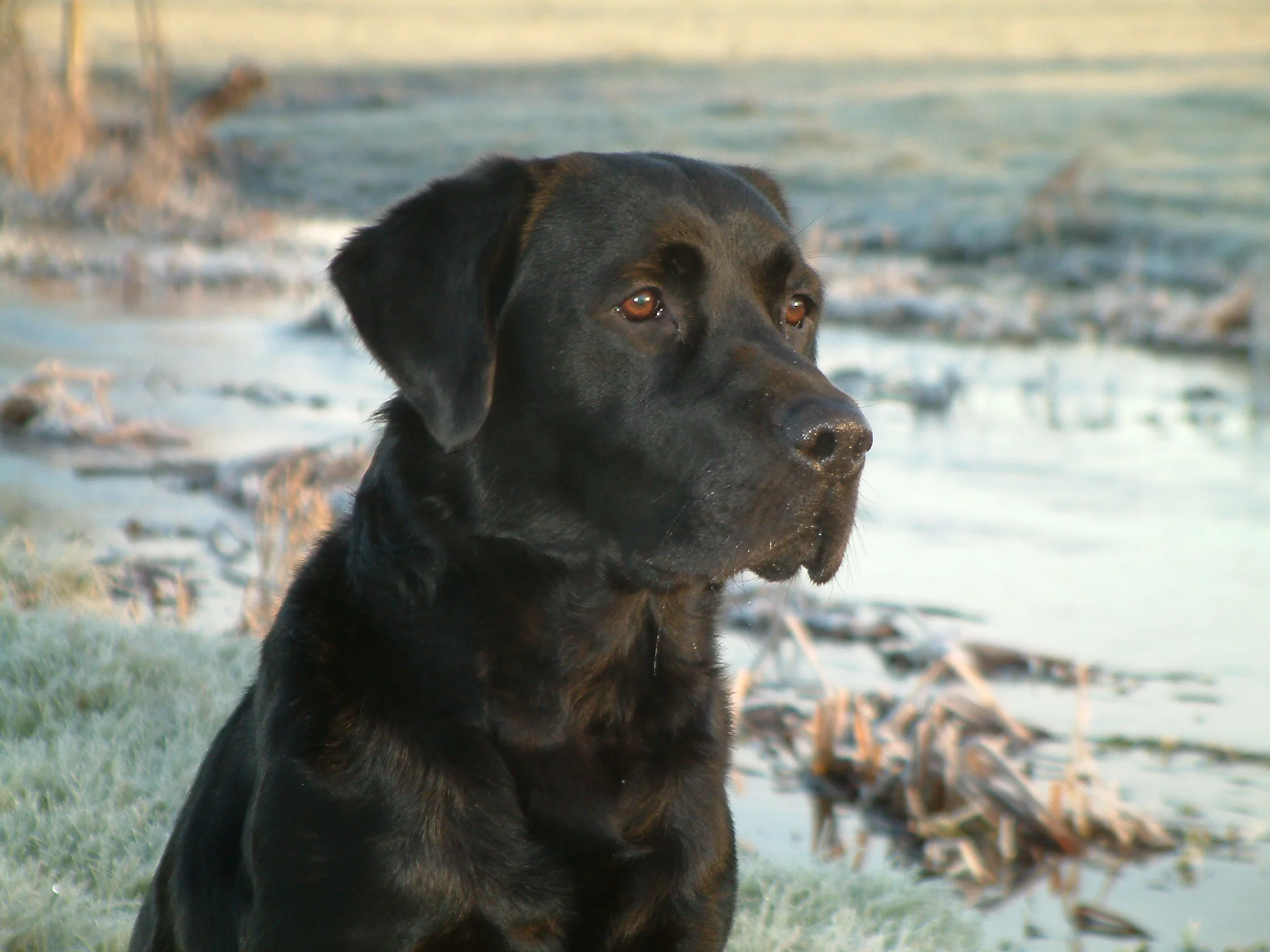In Nano-Second Technology Co., Ltd. v. Dynaflex Int'l (June 6, 2012), Judge Lew (Central District of California) denied Defendants' request to supplement its invalidity contentions to add an additional prior art reference. In denying the requested supplement, the Court noted that pursuant to Patent Local Rule 3-6 of the Northern District of California, amendments to contentions require a "timely showing of good cause." (Order at 3). The Court determined that defendants were not diligent because they were presumably aware of the prior art reference as of the filing of the complaint. The underlying facts of this motion is where things get interesting.
Plaintiff's patent alleged to be infringed by the defendants is U.S. Patent No. 5,800,311 ("the '311 patent"). The plaintiff's '311 patent was identified to the defendants when the complaint was served in 2010. At some point after defendants served their invalidity contentions, they realized that the asserted '311 patent admitted the Figure 5 depiction of a "conventional wrist exerciser" was prior art. For this reason, defendants wanted to rely on the conceded prior art disclosed in Figure 5 and use the '311 patent as prior art. The Court determined that the defendants lacked the required diligence in identifying the '311 patent as prior art, explaining that:
Regarding the first prong of the good cause inquiry, the Court finds that Defendants cannot meet their burden to establish their diligence in seeking to amend their Preliminary Invalidity Contentions. Defendants have had in their possession a copy of the '311 Patent since the filing of the Complaint on November 30, 2010, and the language of the '311 Patent is clear that FIG. 5 is a depiction of the prior art.
(Order at 3).
It seems understandable how the Court can reach this conclusion as to lack of diligence. What's surprising about this decision is how the Court resolved the second good cause prong - prejudice. For the second prong, the Court explained:
In addition, in addressing the second prong of the good cause inquiry, the Court finds that Plaintiff will be prejudiced by allowing the requested amendment. Though expert reports are now not due until June 29, 2012, Plaintiff has stated that it prepared its claim construction briefing based in part on Defendants' original invalidity contentions. The Court finds that allowing the proposed amendment now in light of Defendants' lack of diligence in seeking [sic] amendment "would undercut one of the purpose [sic] of the patent local rules to provide the parties with certainty as to the opposing party's legal theories." Apple, Inc. v. Samsung Electronics Co. Ltd., 2012 WL 1067548, at *7 (N.D. Cal. Mar. 27, 2012) (citing 02 Micro, 467 F.3d at 1363).
As we suggested previously, the link between invalidity contentions and resulting prejudice in connection with claim construction preparation is fairly tenuous. Although the prior art reference here, the '311 patent, is actually part of the intrinsic record and not extrinsic evidence, is it accurate for plaintiff to suggest that inclusion of prior art admissions for its own patent somehow results in prejudice to its claim construction preparation and strategy? On the first prong of good cause, we take no issue with the Court's determination. On the second prong though, plaintiff has stretched a bit.
Takeaways - Diligence is the driving consideration for supplemental contentions. Organizing invalidity contentions at an early stage in the litigation is key to marshaling all information at the outset of the case, and managing information during the collection and review process. Maybe if the Defendants had a better coordination tool like PatDek (shameless plug), then they would have had more time to consider and appreciate the prior art concessions in the asserted '311 patent.





